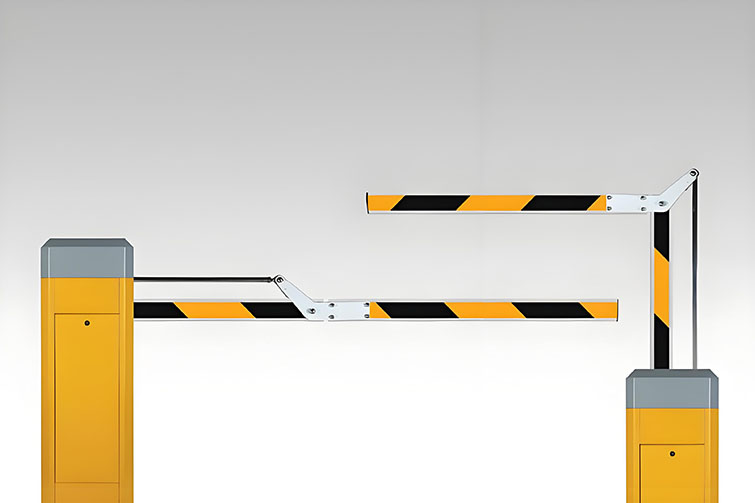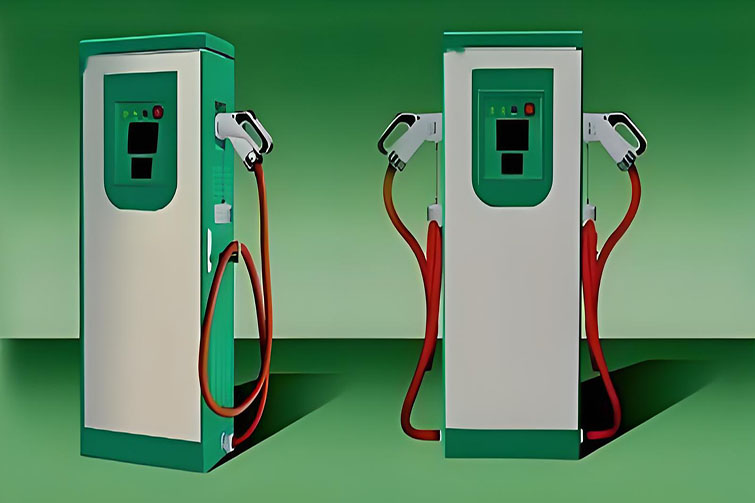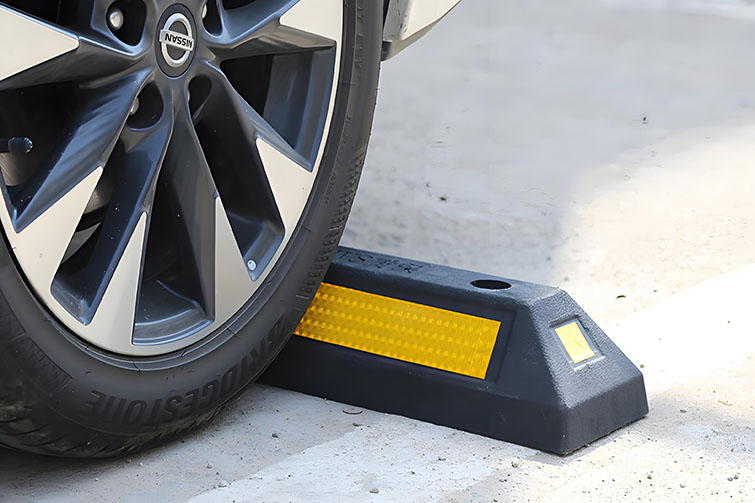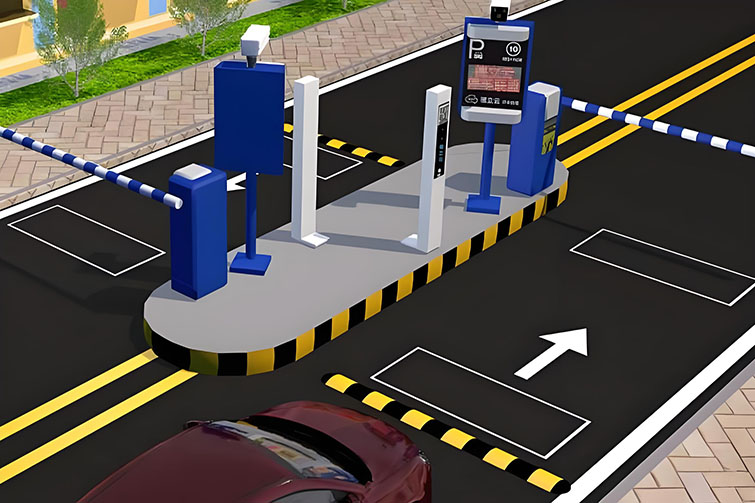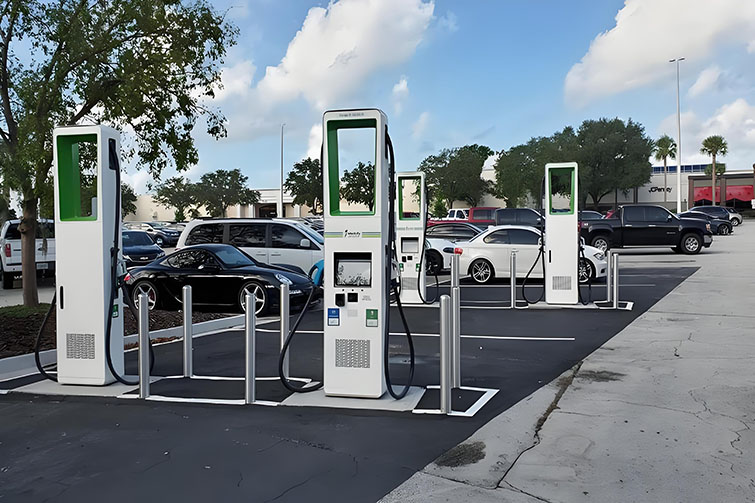
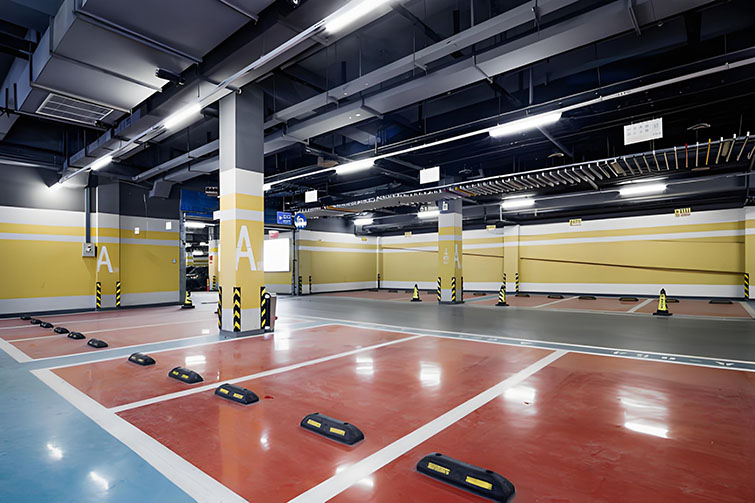
The Evolution of Parking Control Equipment: From Manual Gates to Automated Barriers
The history of parking control equipment is a testament to human ingenuity and the relentless pursuit of improvement. Initially, parking lots were ungated, relying on trust and the honor system. However, as urban areas grew and the number of vehicles increased, the need for regulated parking became apparent. This led to the introduction of manual gates, which were a simple yet effective solution for controlling access to parking areas.
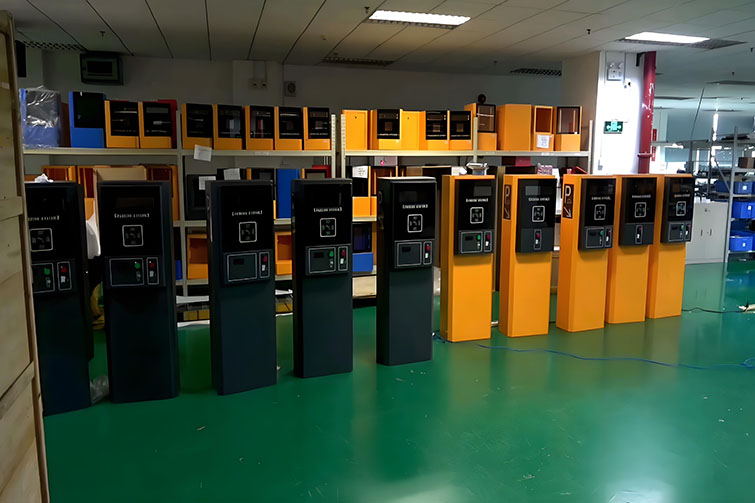
The Era of Manual Gates
Manual gates marked the first step towards organized parking management. Operated by parking attendants, these gates controlled vehicle entry and exit, ensuring that only authorized vehicles used the space. Despite their simplicity, manual gates were labor-intensive and not scalable for larger parking lots, leading to the need for more sophisticated solutions.
Transition to Automated Barriers
The advent of automation technology brought about a significant shift in parking control equipment. Parking gate systems evolved to include automated barriers, which offered a more efficient and reliable way to manage parking access. These systems used sensors and ticketing mechanisms to control entry and exit, reducing the need for human intervention and increasing the throughput of parking lots.
Advanced Parking Access Control
Today, parking access control systems have become highly sophisticated, integrating technologies such as RFID, license plate recognition, and biometrics. These systems not only streamline the process of entering and exiting parking lots but also enhance security by ensuring that only authorized vehicles and individuals gain access. Furthermore, they provide valuable data that can be used to optimize parking space utilization and improve overall operational efficiency.
The Impact of Automation
The evolution of parking control equipment has had a profound impact on urban planning and management. Automated barriers and advanced access control systems have made parking more secure, efficient, and user-friendly. They have also enabled the implementation of dynamic pricing models, where parking fees can be adjusted based on demand, further optimizing parking resource allocation.
The Future of Parking Control Equipment
As we look to the future, the evolution of parking control equipment is far from over. Emerging technologies such as artificial intelligence (AI) and the Internet of Things (IoT) are set to introduce even more advanced features, such as predictive analytics for parking availability and automated payment systems. These advancements promise to make parking an even more seamless and hassle-free experience.
Conclusion
The journey from manual gates to automated barriers in parking control equipment reflects a broader trend of technological innovation and adaptation to changing societal needs. As urbanization continues to increase, the role of advanced parking control systems in creating efficient, secure, and sustainable urban environments becomes ever more critical. The evolution of parking management technology is not just about controlling access to parking spaces; it’s about enhancing the quality of urban life.


